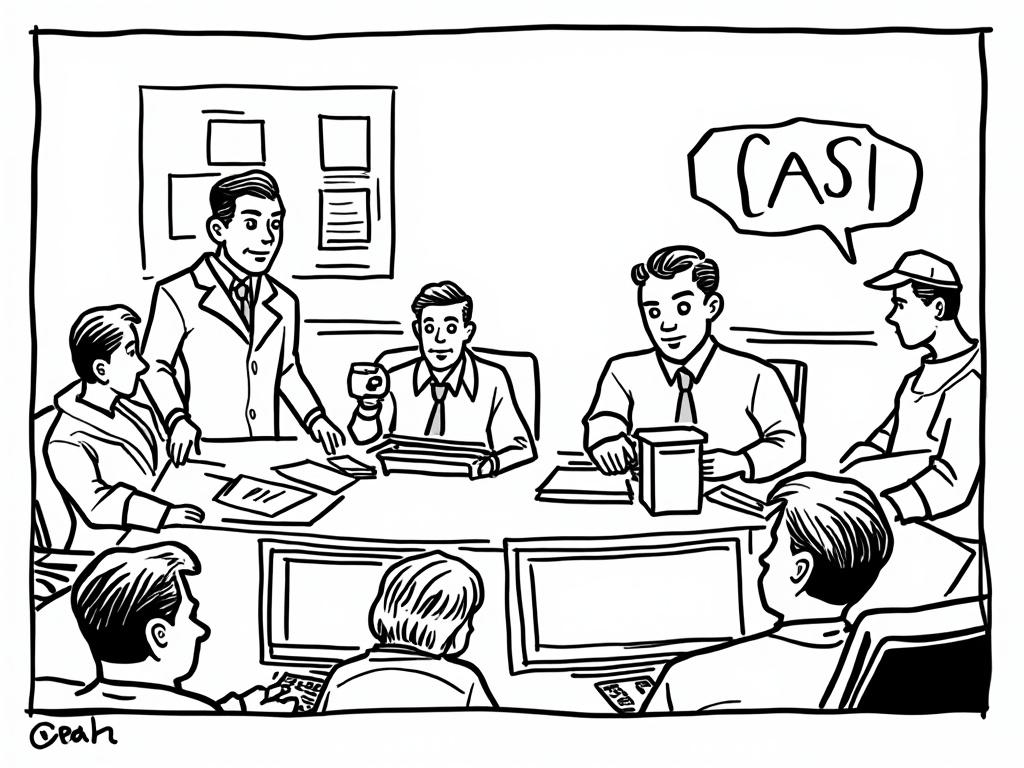
Navigating a Stock Market Crash or Correction: Your Strategic Survival Guide
Reading time: 12 minutes
Ever watched your portfolio plummet and felt that stomach-dropping sensation? You’re absolutely not alone. Let’s transform that panic into strategic opportunity with a comprehensive roadmap for navigating market turbulence.
Table of Contents
- Understanding Crashes vs. Corrections
- Immediate Response Strategies
- Portfolio Protection Tactics
- Identifying Hidden Opportunities
- Managing Market Psychology
- Recovery and Long-term Planning
- Frequently Asked Questions
Understanding Crashes vs. Corrections: Know What You’re Facing
Well, here’s the straight talk: Not all market declines are created equal, and your response strategy should reflect that reality.
A market correction typically involves a 10-20% decline from recent highs, while a crash represents a sudden, severe drop of 20% or more, often occurring within days or weeks. Understanding this distinction isn’t just academic—it’s crucial for strategic decision-making.
Historical Context: Learning from the Past
Consider the 2020 COVID-19 market crash: The S&P 500 dropped 34% in just 33 days, yet recovered to new highs within six months. Compare this to the 2008 financial crisis, where recovery took nearly four years. The key difference? The underlying economic fundamentals and policy responses.
Recovery: 6 months
Recovery: 4 years
Recovery: 7 years
Recovery: 3-6 months
Warning Signs and Triggers
Smart investors watch for specific indicators that often precede major market events:
- Volatility spikes: VIX readings above 30 historically signal increased market stress
- Yield curve inversions: When short-term rates exceed long-term rates
- Margin debt levels: Excessive borrowing for stock purchases
- Sentiment extremes: Either excessive optimism or widespread panic
Immediate Response Strategies: Your First 48 Hours
Quick Scenario: Imagine waking up to see your portfolio down 15% overnight. What’s your first move? Let’s dive deep and turn potential panic into strategic action.
Step 1: Pause and Assess
Before making any trades, take a deep breath. Research shows that 73% of investors who make impulsive decisions during market crashes underperform those who maintain discipline. Give yourself 24-48 hours to process the situation rationally.
Step 2: Review Your Cash Position
Immediately assess your liquid funds. Financial advisor Sarah Chen notes: “The investors who thrive during crashes are those who have dry powder ready. Cash isn’t trash during a crisis—it’s opportunity.”
The Emergency Action Checklist
| Action Item | Timeline | Priority Level | Rationale |
|---|---|---|---|
| Stop-loss review | Within 2 hours | High | Prevent further catastrophic losses |
| Cash position assessment | Day 1 | High | Identify buying opportunities |
| Portfolio rebalancing | Days 2-3 | Medium | Maintain target allocations |
| Tax-loss harvesting | Week 1 | Medium | Offset gains with losses |
| Strategy reassessment | Week 2 | Low | Long-term positioning |
Portfolio Protection Tactics: Building Your Financial Fortress
Ready to transform vulnerability into resilience? Here’s your strategic defense playbook.
Diversification Beyond Traditional Assets
Traditional 60/40 stock-bond portfolios showed their limitations during recent market stress. Consider these alternatives:
- Real Estate Investment Trusts (REITs): Often provide steady income during volatility
- Commodities: Gold, oil, and agricultural products can hedge against inflation
- International exposure: Emerging markets may move independently of U.S. markets
- Alternative investments: Private equity, hedge funds, or cryptocurrency (in small allocations)
The Power of Dollar-Cost Averaging
During the 2008 crisis, investors who continued their regular investment contributions and added extra during the downturn saw average returns of 11.2% annually over the following decade, compared to 8.1% for those who stopped investing.
Pro Tip: The right preparation isn’t just about avoiding problems—it’s about creating scalable, resilient wealth-building systems.
Identifying Hidden Opportunities: Where Others See Chaos
Market crashes create asymmetric opportunities for prepared investors. Warren Buffett famously said, “Be fearful when others are greedy, and greedy when others are fearful.”
Sector Rotation Strategies
Different sectors recover at different rates. Healthcare and consumer staples typically show resilience, while technology and growth stocks often lead recoveries. During 2020, investors who rotated from travel and hospitality into technology and healthcare significantly outperformed.
Quality Stock Screening
Focus on companies with:
- Strong balance sheets (debt-to-equity ratios below industry averages)
- Consistent cash flow generation
- Competitive moats that provide pricing power
- Experienced management teams with crisis experience
Managing Market Psychology: Your Mental Game Plan
Behavioral finance research reveals that emotional decision-making during market stress costs the average investor 2-3% annually in returns. Here’s how to maintain psychological discipline.
The Panic-Proof Mindset
Create a written investment policy statement before the next crisis hits. Include your risk tolerance, time horizon, and specific rules for rebalancing. When emotions run high, refer to this document as your north star.
Case Study: During March 2020, clients of financial advisor Michael Torres who had written investment policies were 67% less likely to make panic-driven trades compared to those without formal guidelines.
Recovery and Long-term Planning: Building Back Better
Market recoveries offer unique opportunities to reset and optimize your investment approach. The key is positioning for the eventual upturn while maintaining defensive postures.
The Phoenix Strategy
Just as the mythical phoenix rises from ashes, your portfolio can emerge stronger from market crashes through strategic rebuilding:
- Reassess risk tolerance: Market stress reveals your true capacity for volatility
- Upgrade holdings: Replace weaker positions with higher-quality alternatives
- Optimize tax efficiency: Use losses to offset gains and improve after-tax returns
- Strengthen emergency reserves: Build larger cash positions for future opportunities
Frequently Asked Questions
Should I sell everything when I see a crash coming?
Market timing is notoriously difficult, even for professionals. Studies show that missing just the 10 best trading days over 20 years can cut your returns by 50%. Instead of trying to time the market perfectly, focus on maintaining a balanced allocation that you can stick with through volatility. If you must reduce risk, consider trimming positions gradually rather than making dramatic all-or-nothing moves.
How much cash should I keep for buying opportunities during crashes?
Financial experts generally recommend keeping 5-10% of your portfolio in cash or cash equivalents during normal times, increasing to 15-20% if you anticipate increased volatility. This “dry powder” allows you to capitalize on opportunities without being forced to sell existing positions at unfavorable prices. The exact amount depends on your risk tolerance, investment timeline, and ability to emotionally handle increased cash drag during bull markets.
What’s the biggest mistake investors make during market corrections?
The most costly error is making emotional decisions based on short-term market movements rather than long-term fundamentals. This includes both panic selling at the bottom and FOMO buying at the top. Research from Dalbar shows that the average investor significantly underperforms market indices largely due to poor timing decisions. The antidote is having a written plan and sticking to it, regardless of market noise.
Your Market Storm Navigation Kit: Actionable Next Steps
Market crashes aren’t just inevitable—they’re opportunities disguised as crises. Your response determines whether you emerge stronger or weaker from the storm.
Your immediate action plan:
- Create a written investment policy statement this week
- Build your cash reserves to 10-15% of portfolio value
- Identify 3-5 high-quality stocks on your watchlist for the next downturn
- Practice dollar-cost averaging during smaller market dips
- Establish relationships with trusted financial advisors before you need them
The next market crash isn’t a matter of if, but when. The investors who prosper aren’t those who avoid volatility—they’re the ones who embrace it as part of their wealth-building strategy. As market cycles continue to evolve with technological advancement and global interconnectedness, your ability to navigate uncertainty becomes your most valuable skill.
What’s your biggest fear about the next market downturn, and how will you transform that fear into your competitive advantage?

